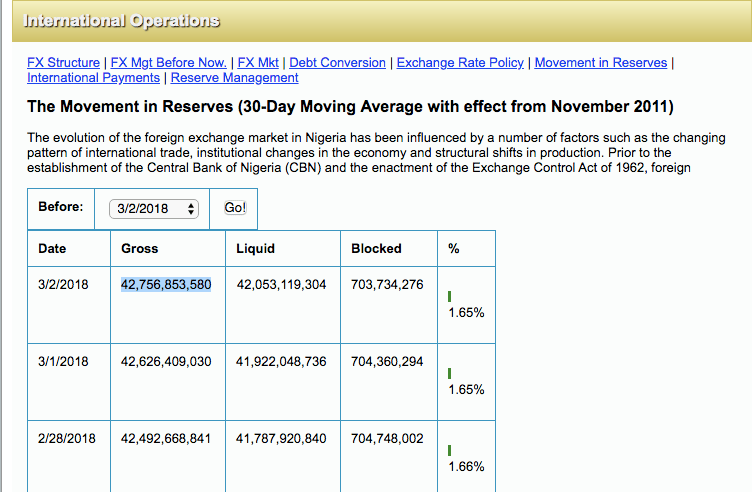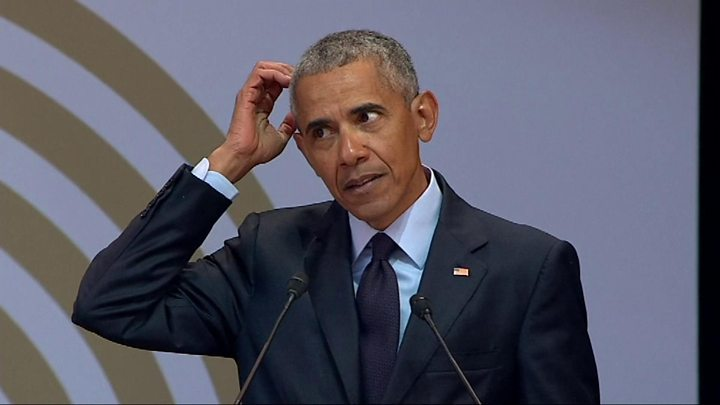Latest data from the Central Bank of Nigeria (CBN) reveals that Nigeria’s external reserves have crossed $42.7 billion just as we had expected. This is the highest level of external reserves since December 2013, when the CBN posted reserves of $42.8 billion.
CBN data as at March 2nd, 2018 reports our external reserves to be at $42,756,853,580.
Rising Reserves
Nigeria’s external reserves have risen steadily since 2017 as oil prices clawed back from a crushing drop. In addition, the government resumed crude oil exports, helping to provide a forex base for the CBN to continue its policy on defending the naira. Higher oil prices and rising exports mean that external reserves are expected to rise for a country that relies on oil for over 80% of its exports.
Higher Capital Importation
Nigeria has also benefited from an increase in foreign investments into the country in the last one year. For example, Nigeria attracted Capital Importation of about $12.2 billion in 2017 compared to $5 billion in 2016. Dominating capital importation was Portfolio Investing which topped $7 billion during the year. Investors poured money into stocks following the introduction of the Investor/Exporter window by the CBN in April 2017. There has also been a surge in investments in government securities.
Government Borrowing
The Federal Government has also ramped up foreign borrowing in 2017, issuing Eurobonds and Diaspora bonds. Nigeria’s external debt stock which was about $11 billion in December 2016 and at $15 billion as at September 2017, is expected to be closer to $17 billion in March 2018. External debt stock before the APC Government came on board was $9.4 billion.
Source: Nairametrics














